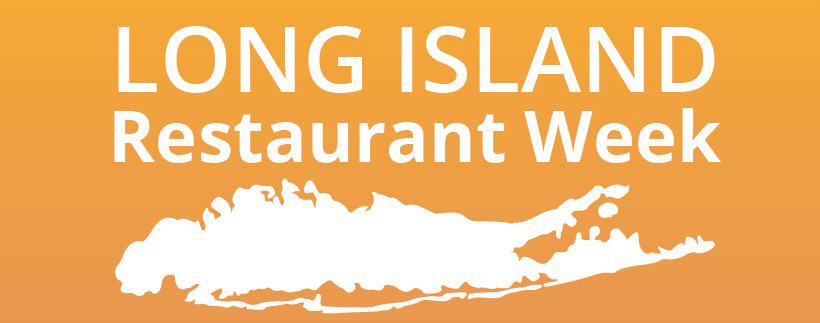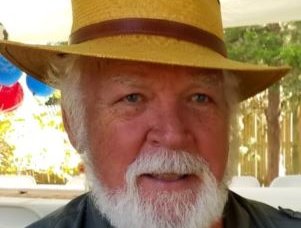Francis Hines Art: From Dumpster Discovery to Hamptons Fine Art Fair
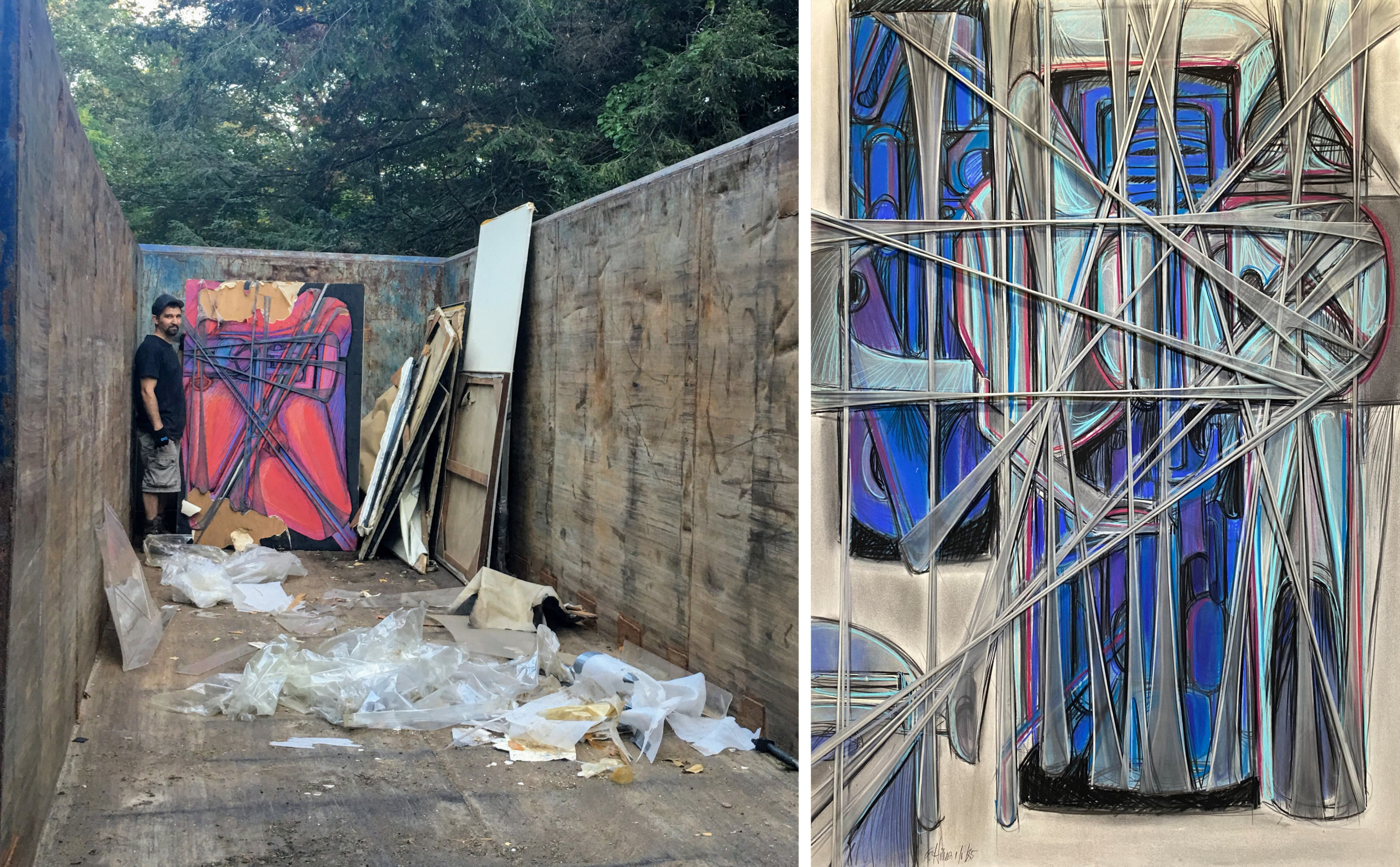
When Jared Whipple first got the call to check out a trove of abandoned paintings a friend of his had found while on a trash removal job in 2017, he had no idea that it would lead to an intimate, life-changing relationship with the artist who had died and left it all behind.
Whipple’s story of how he came to acquire hundreds of Francis Hines’ beautiful paintings, and what he’s done to research and champion the artist since his death, lifting his name out of obscurity and onto the pages of the world’s most-read newspapers and websites — along with a feature on CBS Sunday Morning in April — has become the stuff of legend.
A selection of Hines’ paintings will be on view with Hollis Taggart Gallery at the Hamptons Fine Art Fair, which invited Whipple to show them here, in Southampton next weekend, July 14–17. Less than a decade ago, when Hines was still alive, the now hot and desirable artist would have been turned down from exhibiting at such a prestigious event.
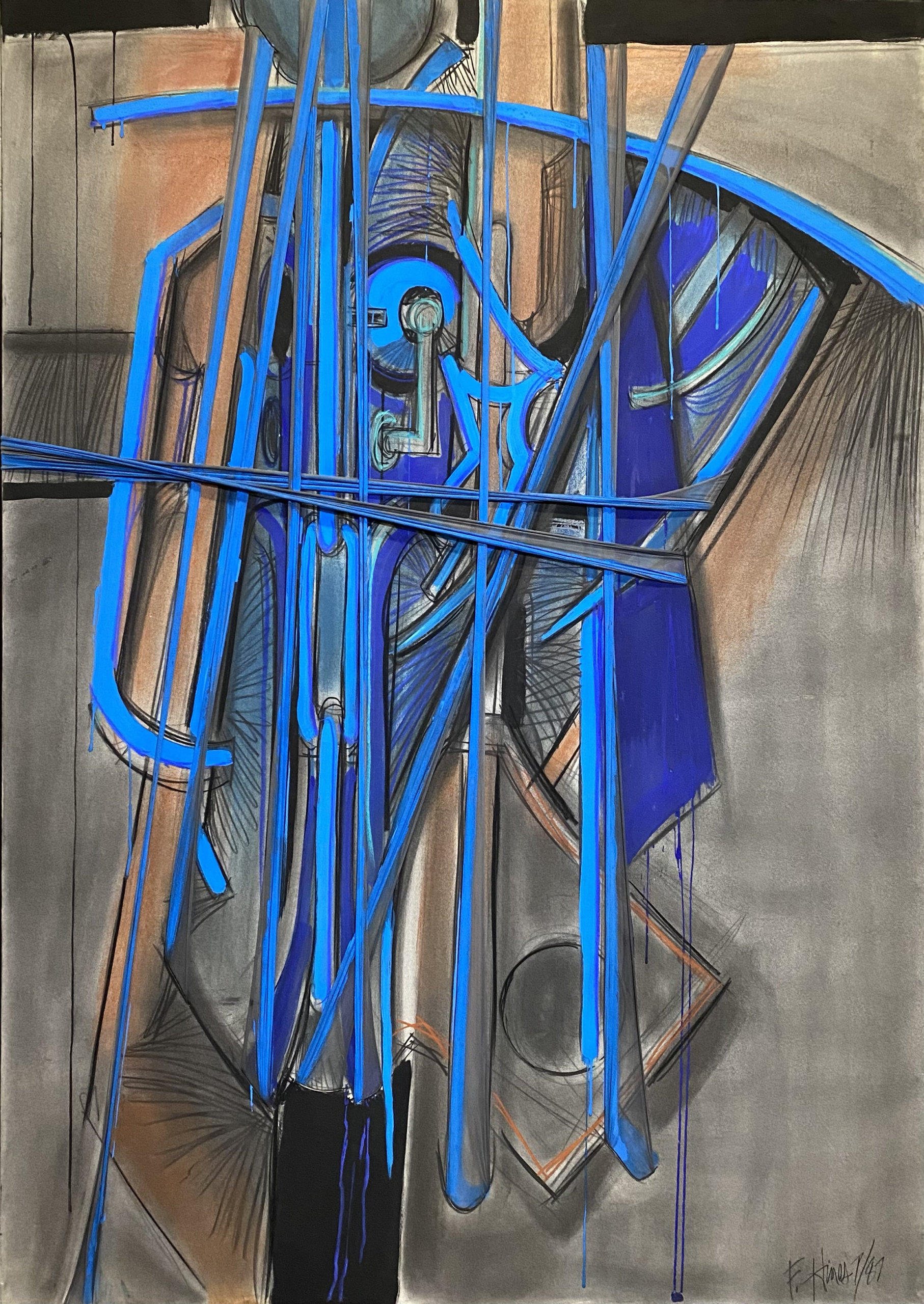
A Forgotten Artist Found
“Francis lived in Watertown, Connecticut during the 1970s. He had a big farmhouse with a couple of barns on the property,” Whipple, who is from nearby Waterbury, says, explaining how a lifetime of the New York City artist’s work ended up abandoned in a crumbling barn.
Hines remained in Watertown until he finally made the move to NYC in 1978, Whipple adds, pointing out that Hines made a deal to continue renting one of the barns for storage after he moved to New York, “and every couple of years he would just send a box truck full of work.”
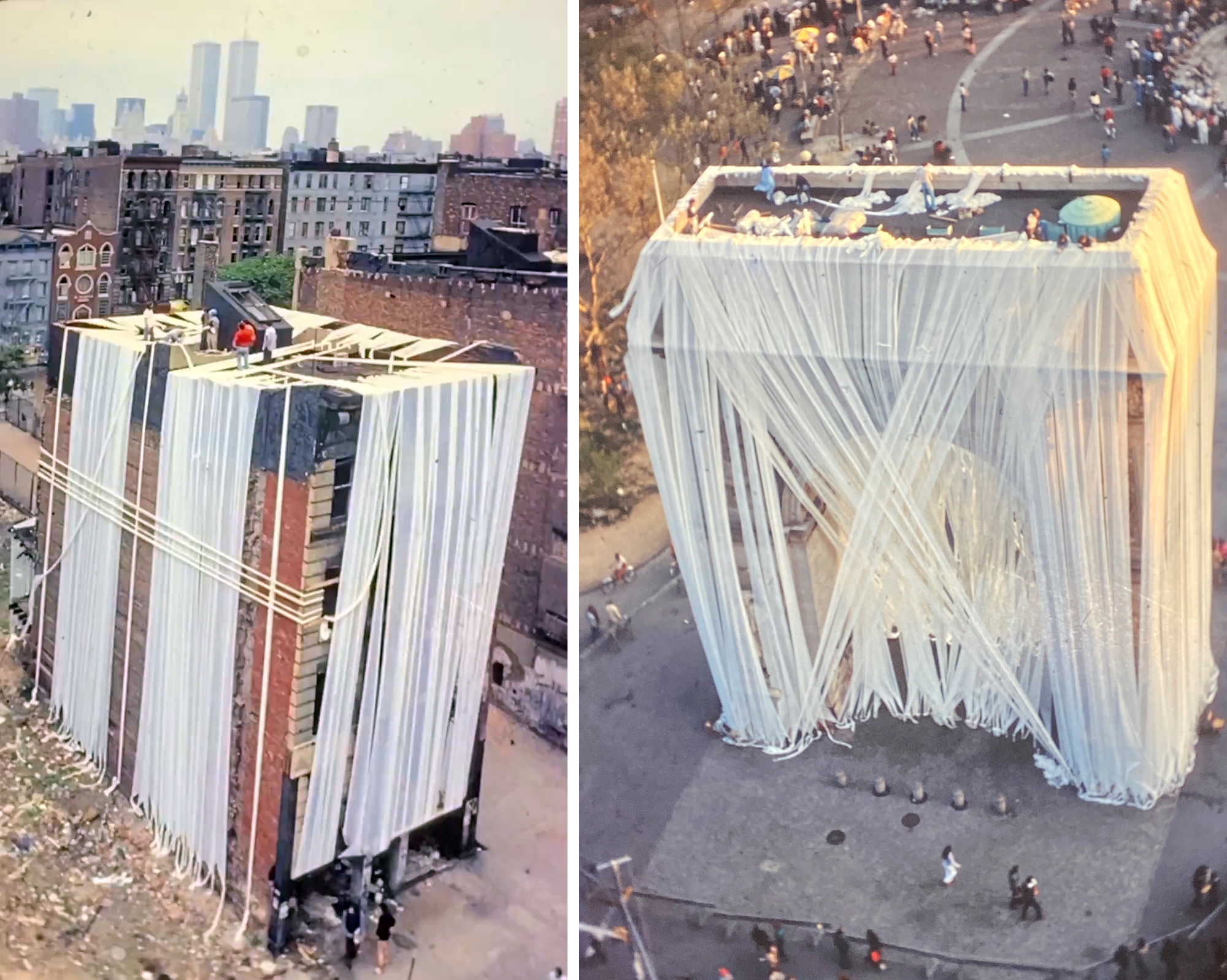
When Hines died in 2016, the 96-year-old artist had a few career highlights, including earning some attention for wrapping the Washington Square Arch in 1980, along with installing a public piece at JFK airport and wrapping buildings in New York City’s Lower East Side, but those achievements were long forgotten.
“He had no recognition yet, no interest in any of the work, and his family was in charge of everything,” Whipple says, explaining that the artist had two sons who themselves had grown quite old by the time of their father’s death, and neither had the inclination nor space to hold onto the collection.
Meanwhile, the barn’s owner was desperate to get the building cleaned out so they could sell it — something he’d begged Hines to do in the years before his death.
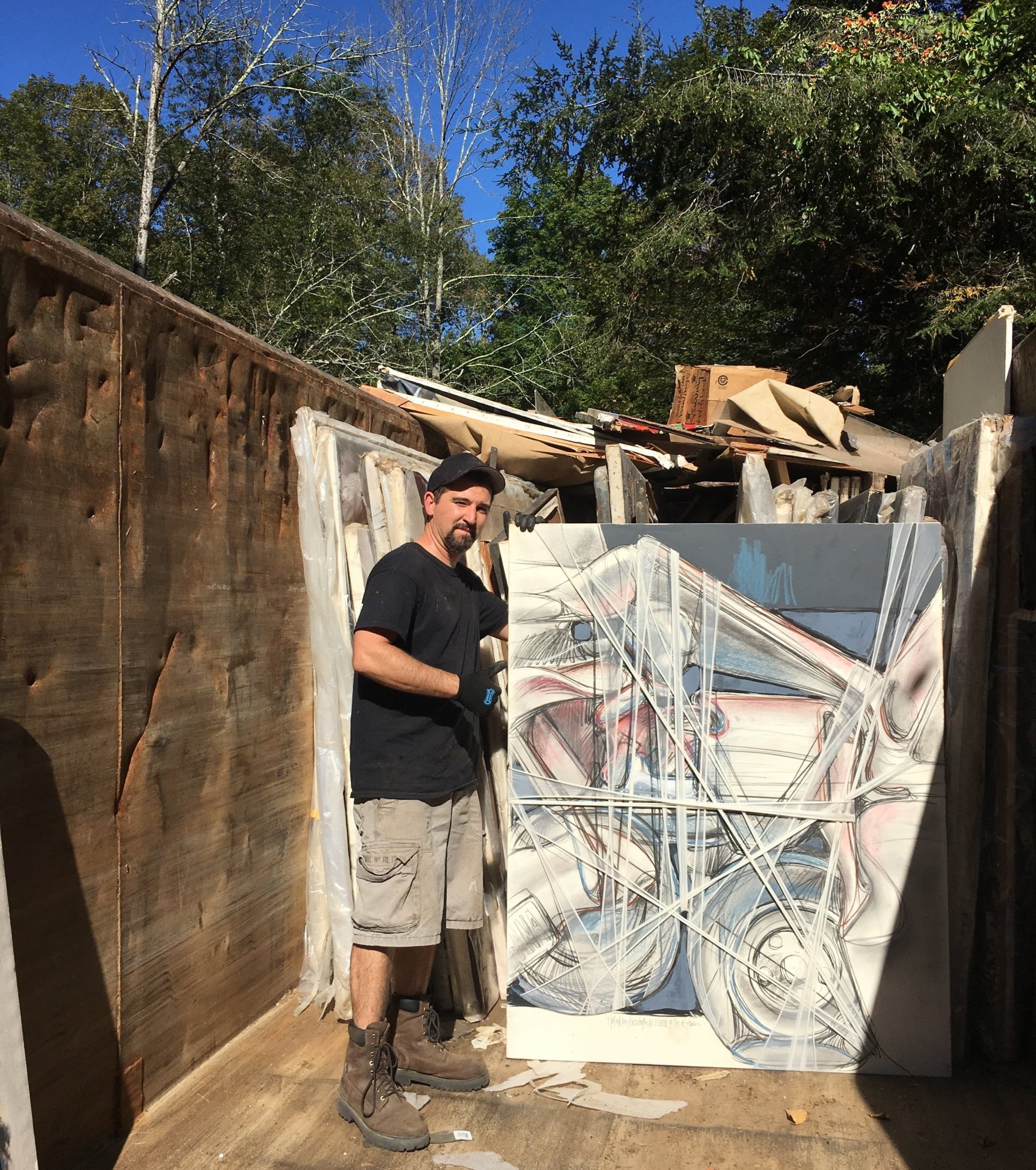
“A few years went by and Francis never cleaned it out. Now it was on the family to do it, and it was such a big collection that wasn’t really stored the right way, and it was just overwhelming for them to try to move it somewhere else, or do anything else with it, especially since he never got any recognition,” Whipple says.
The family took what they could, what meant the most to them, and left the rest for the dumpster. That’s when Whipple’s friend invited him to take a look.
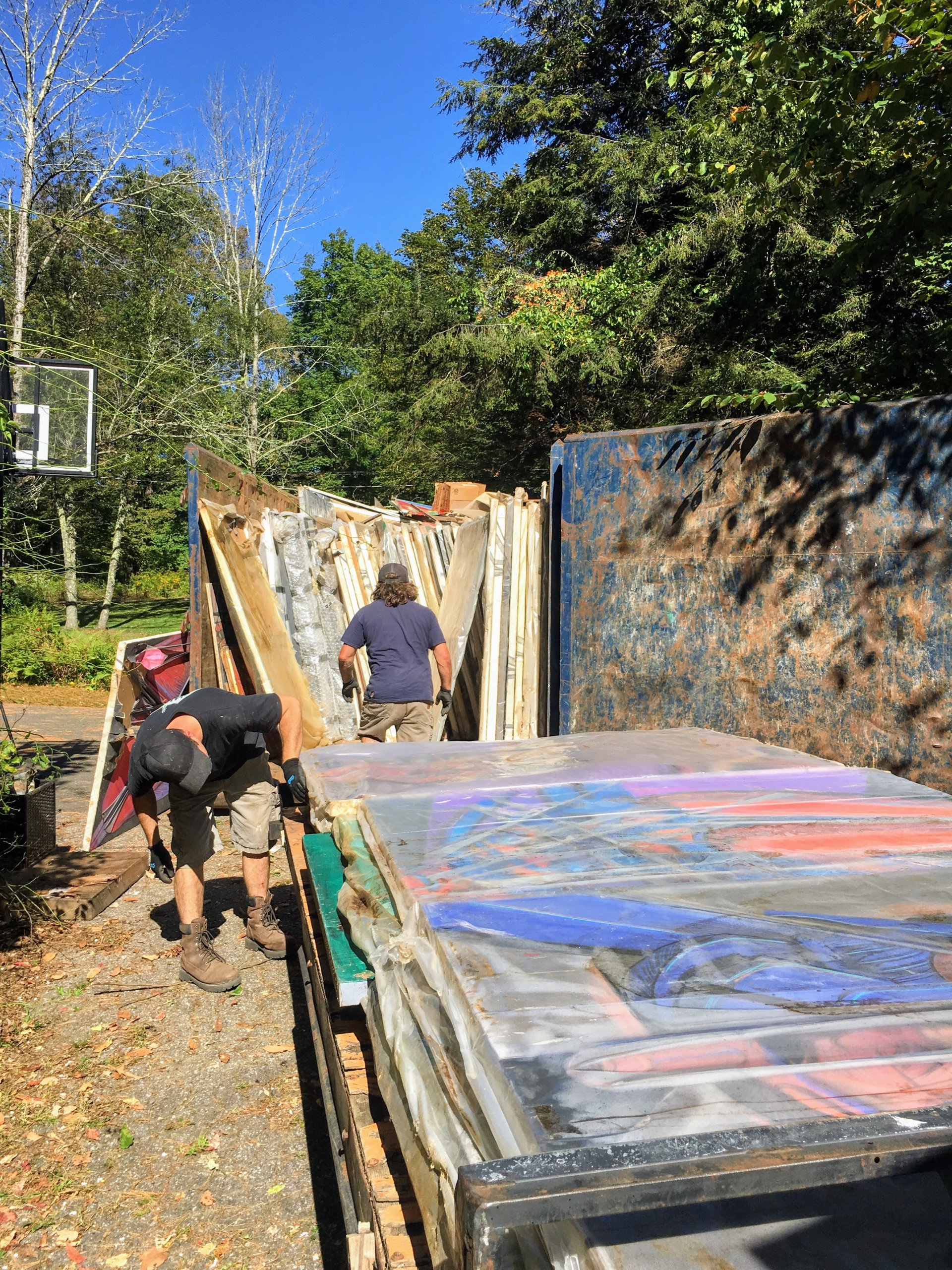
“It was hard to even wrap our heads around what we saw, because there was just so much art and it was so big,” Whipple recalls. “Luckily for us, and for Francis’ sake, every single painting was individually wrapped in this heavy plastic,” he says. “The barn had all these broken windows. It had all these animals living in there. It was almost a hazardous place to be inside the barn itself. It was a very rough place to be,” he continues, guessing this was part of the reason Hines’ kids didn’t try to do more. “But we’re blue-collar guys, we’re gritty guys, we’re skateboarders, I do a lot of building maintenance, so it didn’t bother us as much as it would’ve bothered somebody else.”
Whipple decided to gather all of the work, which he later learned spanned most of Hines’ career, from 1958 to 2016, and take it home. “Once we got them back to my place, the first thing was to get them out of this plastic that literally had animal droppings all over it. We were wearing respirators and rubber gloves to cut these things open,” Whipple recalls. But as he began unwrapping the pieces, and found most to be in near excellent condition, he was mesmerized.
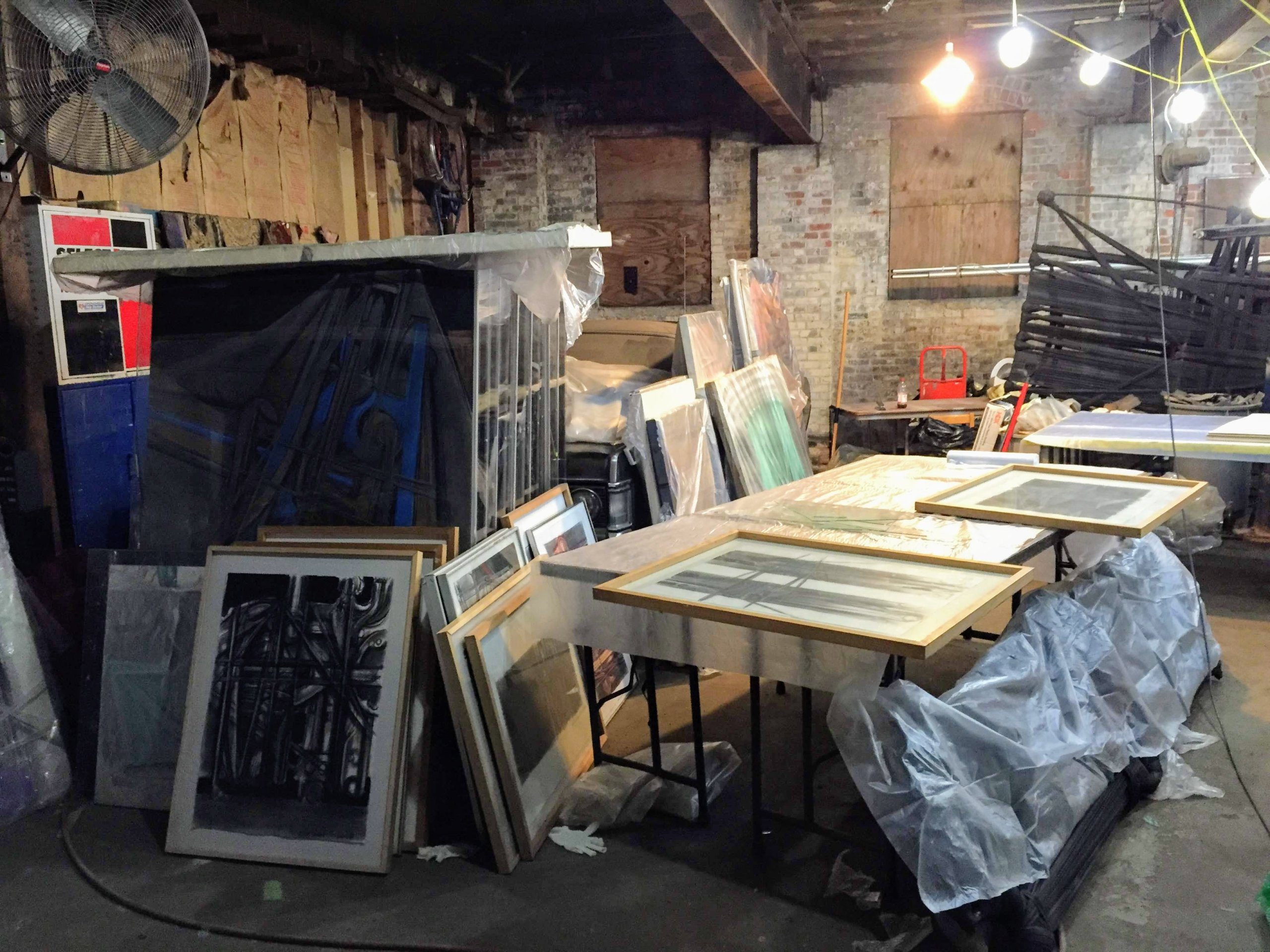
“Just to get them back to my place and to get them out of that old plastic, and to catalogue them, it was months and months of work,” he says, describing the daily effort he and his uncle Scott undertook, filling his nearly 3,000-square-foot warehouse/former auto body shop with paintings, drawings and sculpture, until the job was done.
With everything catalogued and stored, Whipple began obsessively researching Hines, which was no easy task. Eventually, however, he found a book on eBay that Hines’ wife Sandra had published about the artist, and it revealed a great deal about him and his life.
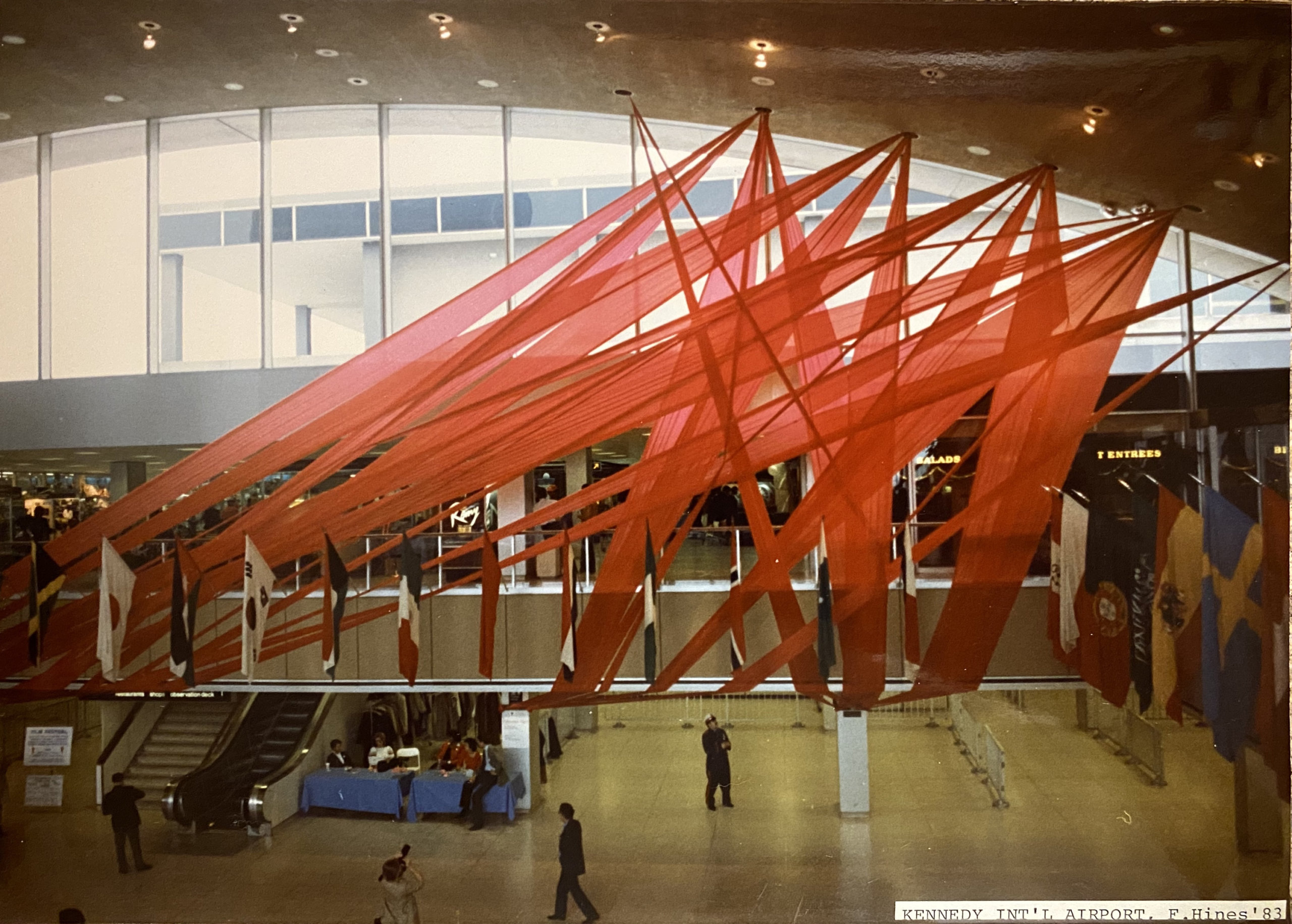
Who Was Francis Hines?
“It was mostly about the Washington Square Arch wrap, but it also gave me a bio on him, it gave me who his family were and who his crew members were, and his friends, the work that he did before the arch,” he says. “That’s when I really started going down this rabbit hole of research,” Whipple continues, explaining how he found people from Hines’ life — including Hamptons artist Nick Weber who shared a studio and close friendship with the older painter in NYC for years — and began getting a better picture of his life.
He also started reaching out to galleries, but none of them were interested until he finally found San Francisco artist and Vorpal Gallery owner Muldoon Elder who had shown Hines’ work in the 1980s.
Elder put Whipple in touch with an esteemed art historian, Peter Hastings Falk, who helped rediscover late North Fork painter Arthur Pinajian and also happens to be the chief curator and editor of an artist discovery group called Discoveries in American Art.
Falk offered to help, and thanks to his approval and understanding of the work’s quality and importance, Hines’ legacy was about to change.
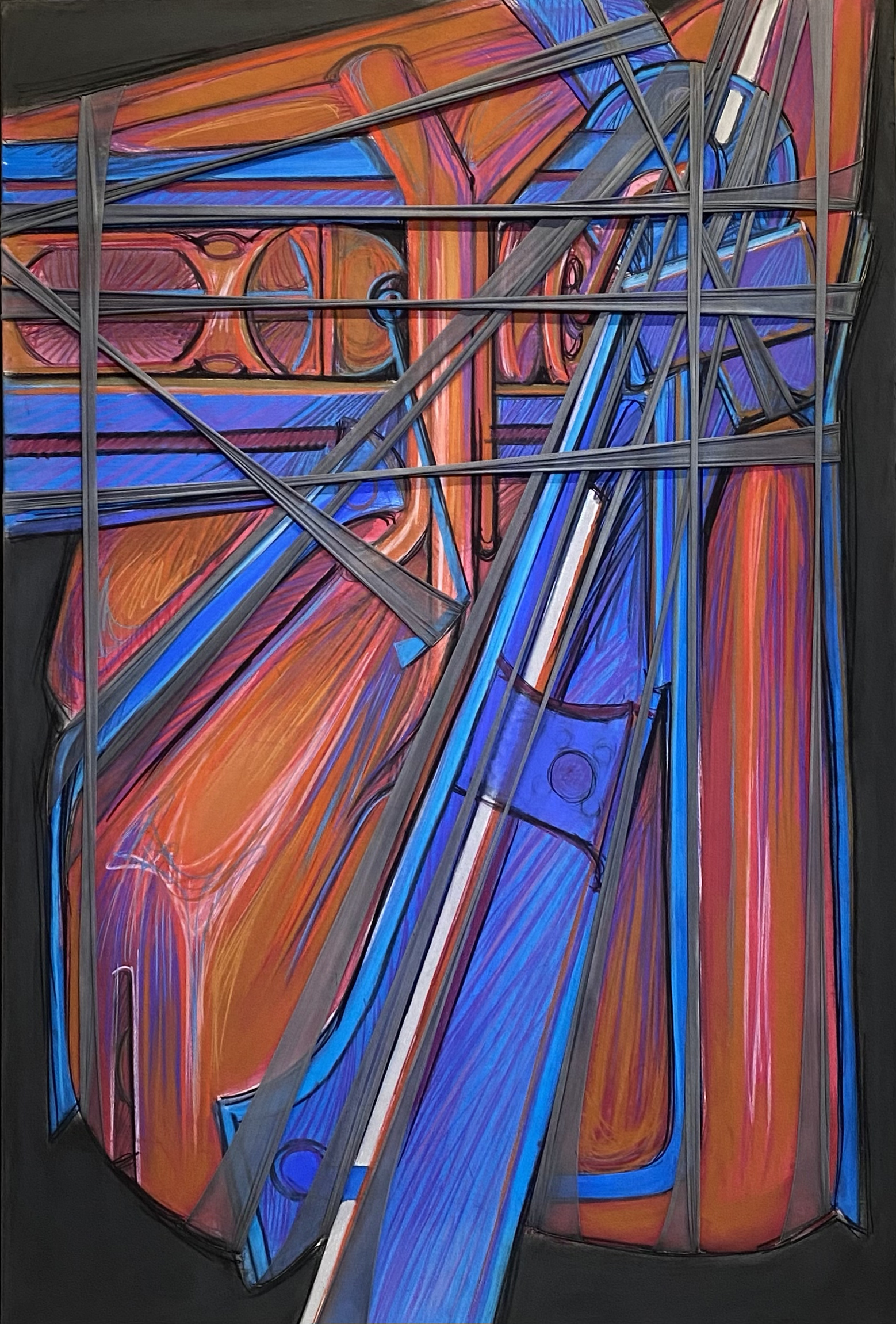
As Falk told CBS Sunday Morning, “I was impressed, I was blown away by the originality I saw.” He also pointed out that in his estimation, Whipple’s collection was worth “well into the millions of dollars, once all is said and done.” Falk will speak as part of Unwrapping the Mystery of New York’s Wrapper: Francis Hines, a panel discussion about the artist and his work at the Hamptons Fine Art Fair on Friday, July 15 from 1–1:30 p.m.
The Hamptons Fine Art Fair is just the latest in a growing list of shows featuring work by Francis Hines, the most recent of which nearly sold out from May 5–June 11 at Hollis Taggart Gallery in Southport, CT, according to Whipple who says people bought 26 of the 30 pieces on view.
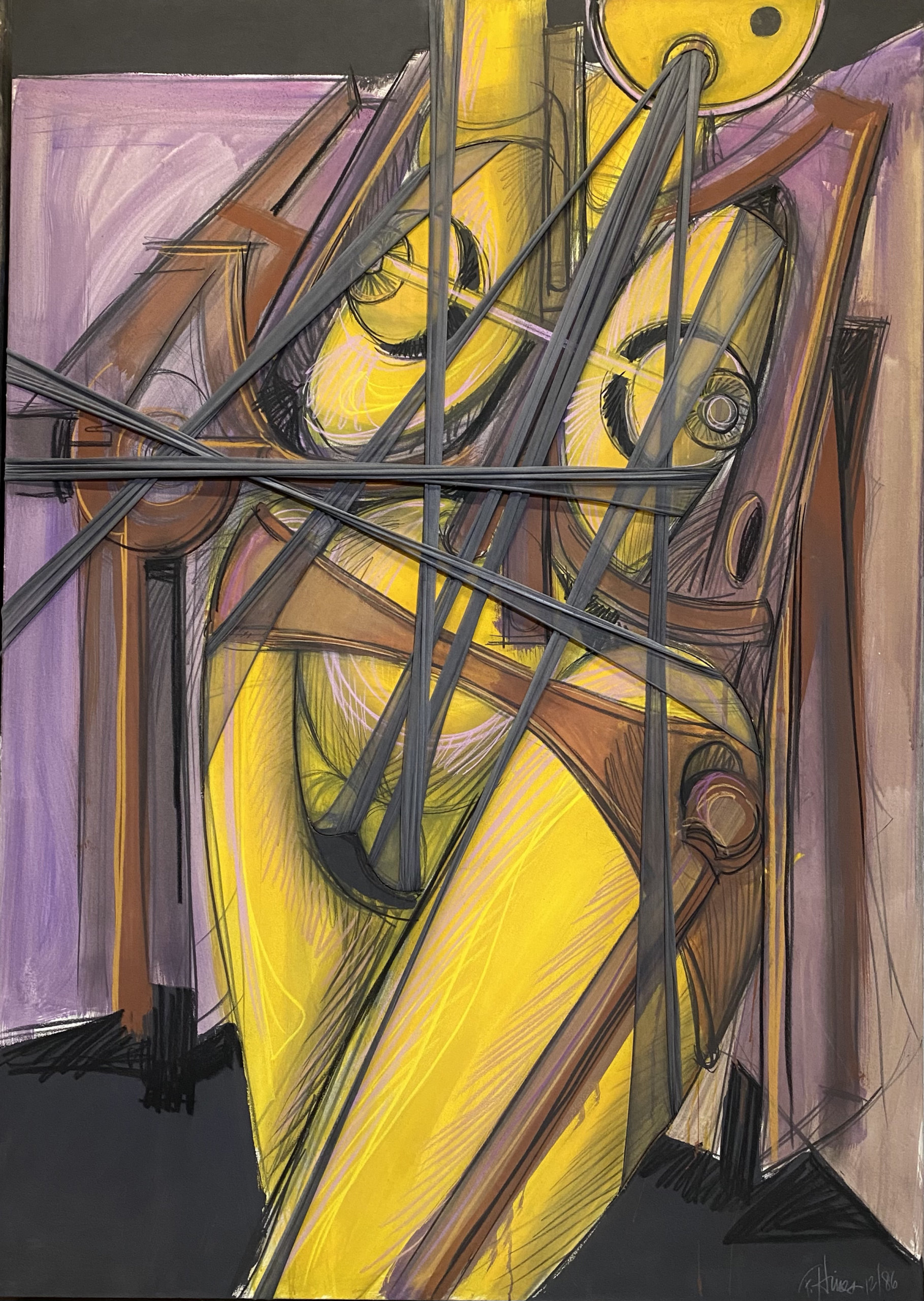
And while the work is indeed excellent, most combining colorful pastels and stretched nylon fabric in tense, robust compositions on Arches paper mounted on wood, it certainly wouldn’t be selling out shows if it weren’t for Whipple and his efforts — not to mention those sensational stories about its discovery.
The Irresistible Story of a Million Dollar Find
The headline was made for internet click bait. To paraphrase: “Connecticut Mechanic Discovers Art Worth Millions Abandoned in Dumpster” grabbed people’s attention and the story quickly went viral, despite the fact that those words, or versions of those words, in some way, were more self-fulfilling than immediately true.
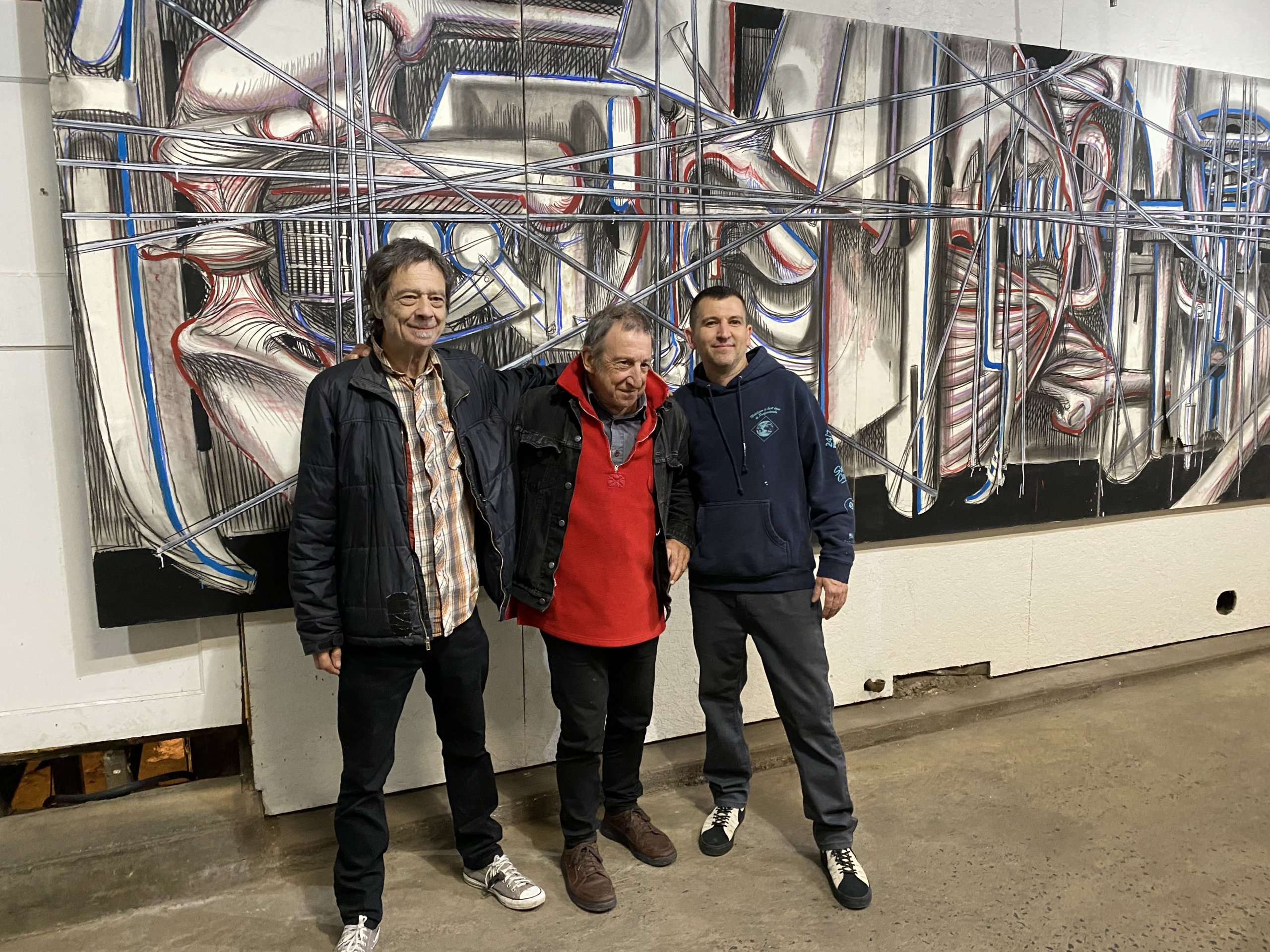
Whipple, who puts on no airs of being an art expert, explains that while he was thrilled to bring so much attention to Hines and his work, he felt uncomfortable with the angle of the story being told — a story that started with the Daily Mail presenting it in the crude language of dollars and cents, rather than the more nuanced tale of an artist’s career being resurrected after decades of never receiving the recognition he deserved.
“They turned it into this thing I never wanted and I was against it,” Whipple, a down-to-earth skater and self-described blue-collar guy says. “Once they got hold of the price list, they turned it into this ‘art found in dumpster worth millions’ story, and to me it was just … I had a hard time accepting that headline.”
But the story was in fact true, even if the “worth millions” part came after he and Hines were thrust into the spotlight. It’s a revealing anecdote about the subjectivity of art and the power of perception in a fickle market that can make or break artists based on a stroke of luck or the opinion of one so-called important person.
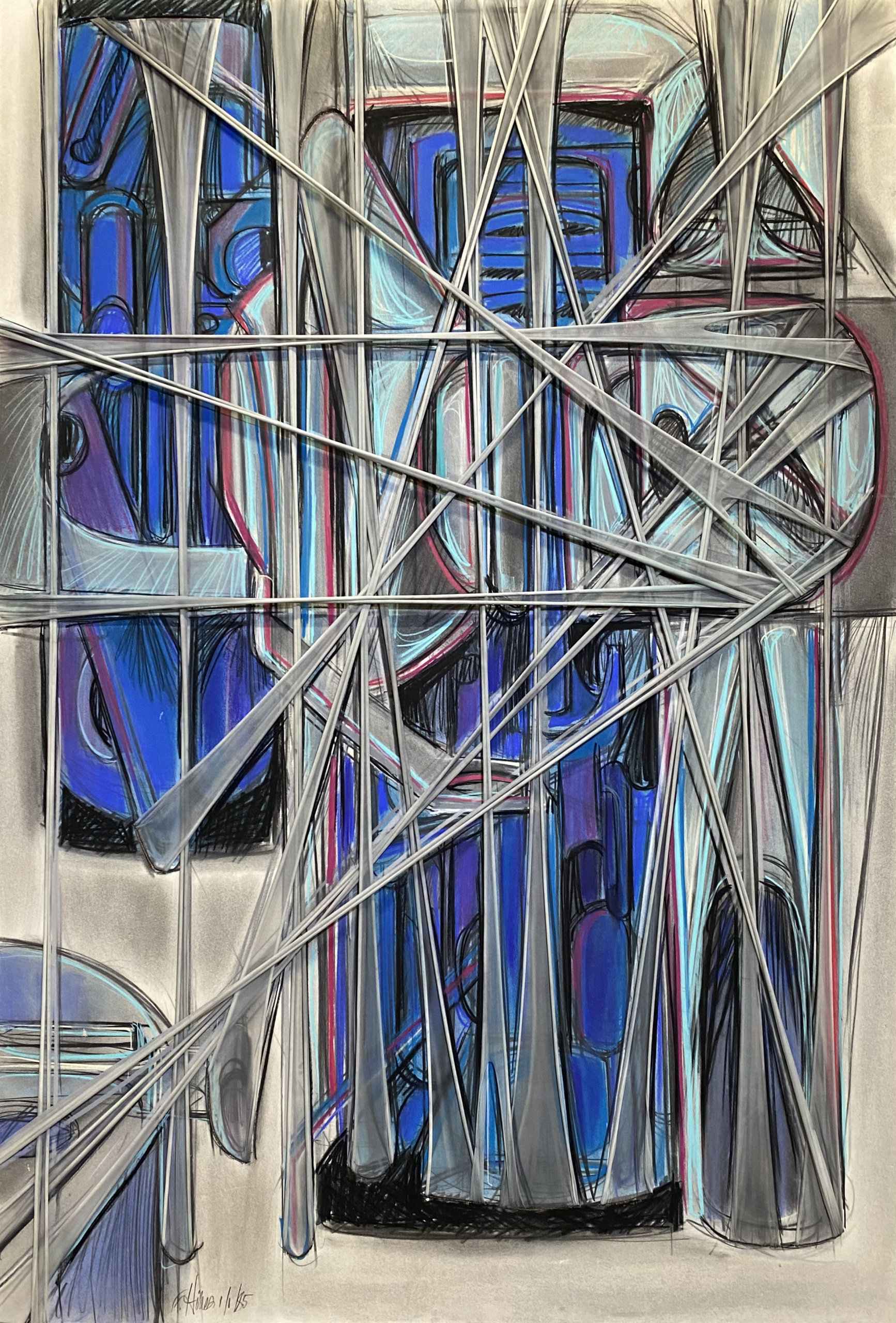
It’s also, perhaps, a tale that could bring hope to all the creative talents out there, laboring in studios, never getting their moment in the proverbial sun and suffering with the existential dread that one day, they will cast off this mortal coil only to have their work, and legacy, relegated to thrift shop bins or, worse, forgotten in a dumpster.
Work by Francis Hines will be on view at the Hamptons Fine Art Fair July 14–17 at the Southampton Fair Grounds, 605 County Road 39. Get tickets and info at hamptonsfineartfair.com.
